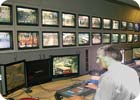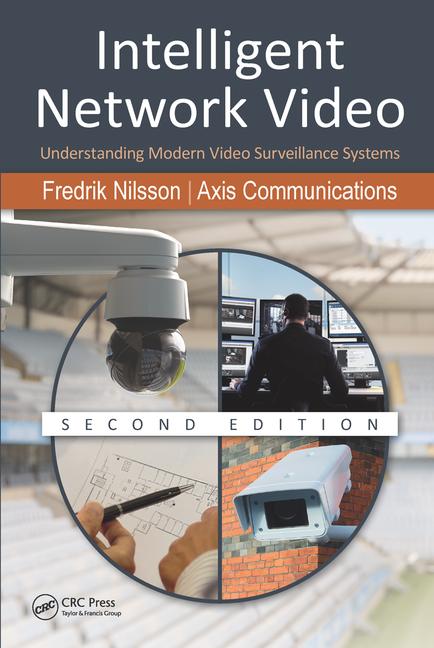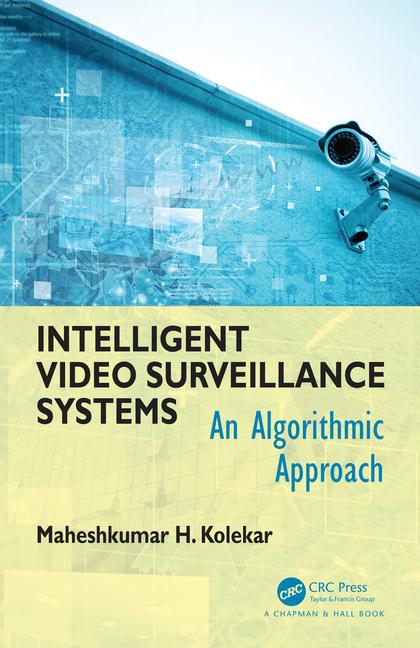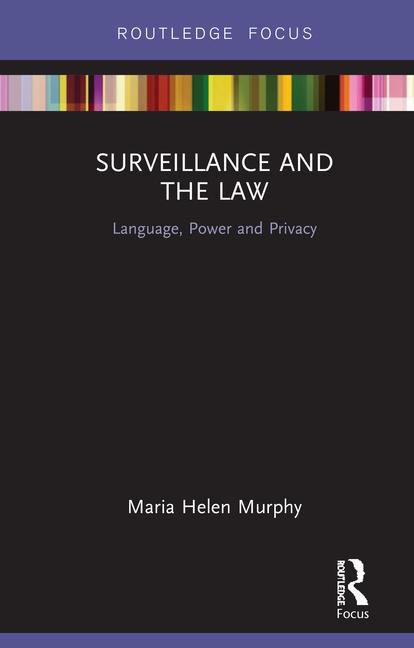IT Upgrade Opens IP Video Gate

The control room in a London Borough of Bromley uses ‘Control
Center’ enterprise video and alarm
management software, which enables the security staff to control and view live
and recorded video from any of the cameras at any of the schools.
At times, when an enterprise upgrades its IT network, the advance opens the door for a business-friendly decision to upgrade security video to IP.
That’s what happened when the London Grid for Learning’s (LGfL) existing IT network received an upgrade. The LGfL was established in June 2000 to provide capital-wide broadband Internet services to London’s 33 Local Education Authorities (LEA). The network covers over 90 percent of schools in London.
IP video technology will allow any participating school to be monitored 24-hours a day, via the central control room, which is located in the London Borough of Bromley. The control room uses Control Center enterprise video and alarm management software, which enables the security staff to control and view live and recorded video from any of the cameras at any of the schools. This system includes a complete end-to-end solution, which provides for visual verification of alarms over IP and is fully compliant with BS8418. The consultants for the project have set up an additional central control room in London to monitor commercial sites and other schools outside of the LGfL.
A number of pilot schools have been successfully completed. The systems have been installed and are monitored centrally at Bromley and locally within each school. The staff uses Control Center software during the day to monitor the buildings. Networked video recorders (NVRs) store recorded video. Whether the NVRs are installed locally at the school or centrally in the control room, recorded footage on any NVR at any school can be viewed and analyzed centrally at Bromley, as well as by the individual school.
With so many cameras being monitored around the system, advanced analytics are used to ensure potential events quickly and are brought to the attention of the operators. These include such features as virtual trip wires, which ignore passing cars outside a school, but call attention to a person who crosses the ‘wire’ into the school. An alarm is raised and that camera is monitored, and an audio warning can be broadcast over the network to an intruder via on-site speakers using the high-quality audio available on every channel alongside the video. The analytics software runs at the camera, providing real time analysis of each scene.
IndigoVision’s compression technology allows streaming of the digital video around the network at 12fps with minimal impact on the bandwidth. Each camera is connected to the IP network via transmitter/receiver modules and was installed locally at the school. The units convert the analog camera signal to MPEG-4 digital video for transmission over the network and recording on the NVRs.
Looking for a reprint of this article?
From high-res PDFs to custom plaques, order your copy today!






